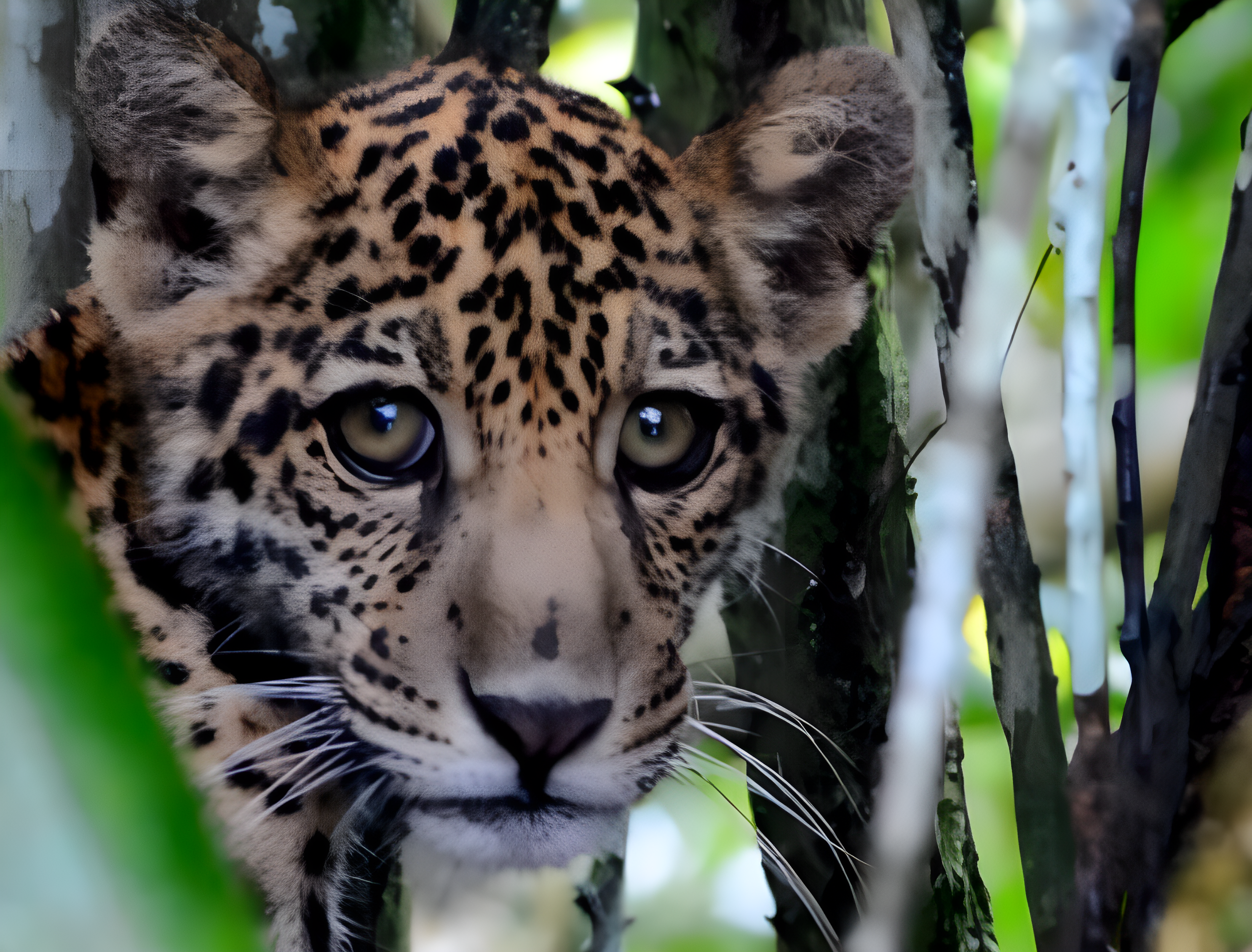
Seagrasses, the unsung heroes of marine ecosystems, are finally receiving the attention they deserve through a massive regional effort spanning from Kenya to Madagascar. These underwater meadows, often overshadowed by coral reefs and mangroves, play a critical role in sustaining marine biodiversity, storing carbon, and supporting livelihoods. A coalition of scientists, conservationists, and local communities is working to map and protect these vital ecosystems across the Western Indian Ocean.
Seagrass ecosystems are vital for maintaining healthy oceans. They act as nurseries for fish, stabilize coastal sediments, and absorb vast amounts of carbon, making them critical in the fight against climate change. However, their importance is frequently underestimated, leaving them vulnerable to threats such as coastal development, pollution, and destructive fishing practices.
This ambitious project aims to change that narrative by creating the first comprehensive map of seagrass habitats in the region. By combining satellite imagery, field surveys, and traditional ecological knowledge, the initiative seeks to document the extent and health of these ecosystems, raising awareness of their importance and promoting strategies for their conservation.
The Significance of Seagrasses
Seagrasses provide an array of ecosystem services that are crucial to both marine life and human communities. They serve as a habitat for diverse species, including commercially important fish, crustaceans, and endangered species like dugongs and sea turtles. Additionally, they act as powerful carbon sinks, capturing carbon dioxide up to 35 times faster than tropical rainforests.
For coastal communities in Kenya, Madagascar, and other parts of the Western Indian Ocean, seagrasses are a lifeline. They support fisheries that provide food and income for millions of people. The seagrass meadows also protect coastlines from erosion by buffering wave energy, making them essential for climate adaptation in regions vulnerable to rising sea levels and storms.
Challenges Facing Seagrass Ecosystems
Despite their importance, seagrass ecosystems are in decline. Studies suggest that the world loses around 7% of its seagrass coverage annually due to human activities and natural factors. In the Western Indian Ocean, the situation is particularly dire, with coastal development, pollution from agriculture and industry, and unsustainable fishing practices posing significant threats.
One of the biggest challenges is the lack of awareness about the value of seagrasses. Many coastal communities and policymakers are unfamiliar with their ecological and economic significance, leading to inadequate protection and management. Furthermore, limited research and data make it difficult to implement effective conservation strategies.
A Collaborative Approach to Conservation

The seagrass mapping initiative represents a groundbreaking collaborative effort involving multiple stakeholders. Governments, academic institutions, conservation organizations, and local communities are working together to ensure the success of the project.
The use of advanced technologies, such as remote sensing and geographic information systems (GIS), is helping scientists identify seagrass habitats and assess their condition. This data is being complemented by field surveys and input from local fishers and elders, whose traditional knowledge provides valuable insights into historical changes in seagrass coverage.
In Kenya, organizations like the Kenya Marine and Fisheries Research Institute (KMFRI) are leading the charge, while in Madagascar, conservation groups such as Blue Ventures are partnering with coastal communities to integrate seagrass conservation into local resource management plans.
Empowering Local Communities
A key aspect of the initiative is empowering local communities to take an active role in seagrass conservation. Workshops and training sessions are being organized to educate people about the ecological and economic benefits of seagrasses. Communities are also being involved in monitoring and protecting these habitats, fostering a sense of ownership and stewardship.
For example, in Madagascar, women’s cooperatives are being engaged to restore degraded seagrass meadows through replanting initiatives. These efforts not only help revitalize marine ecosystems but also provide alternative livelihoods, reducing pressure on natural resources.
Seagrasses as a Climate Solution
One of the most compelling reasons to prioritize seagrass conservation is their role in combating climate change. Seagrass meadows store vast amounts of “blue carbon” in their leaves, roots, and the sediment beneath them. Protecting and restoring these ecosystems can significantly contribute to global climate goals by reducing greenhouse gas emissions.
The Western Indian Ocean region, with its extensive seagrass habitats, has the potential to become a global leader in blue carbon initiatives. By quantifying the carbon storage capacity of seagrasses, this project could pave the way for their inclusion in carbon credit markets, providing financial incentives for conservation.
While the seagrass mapping project is a significant step forward, much work remains to be done. Governments in the region need to prioritize the protection of seagrass habitats by incorporating them into marine spatial planning and coastal development policies. International donors and conservation organizations must also continue to provide funding and technical support to sustain these efforts.
Public awareness campaigns are essential to changing perceptions about seagrasses. By highlighting their ecological and economic value, these campaigns can build support for conservation measures among policymakers, businesses, and the general public.
Finally, long-term monitoring programs are needed to track changes in seagrass coverage and health. These programs will provide critical data for adapting conservation strategies to changing environmental conditions and human pressures.

